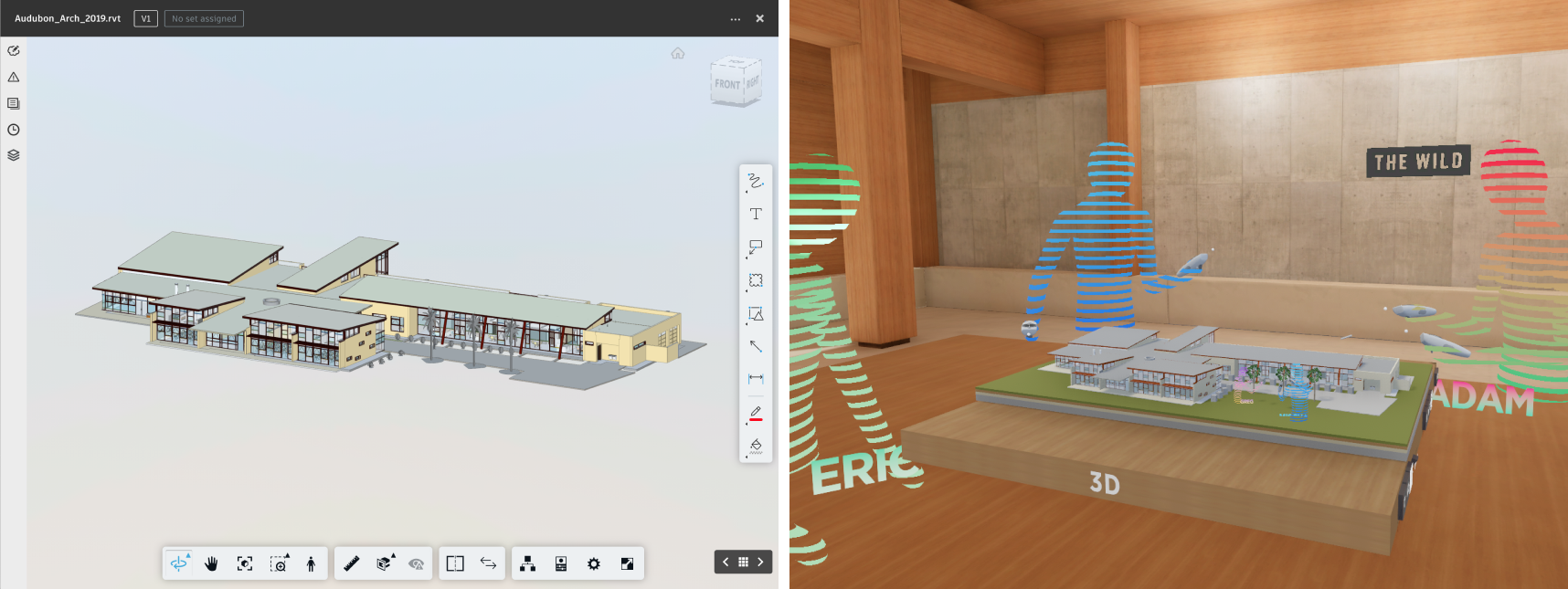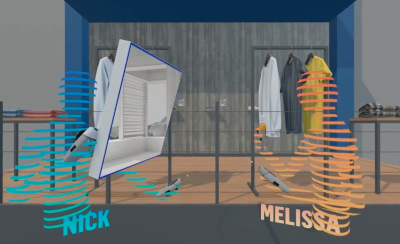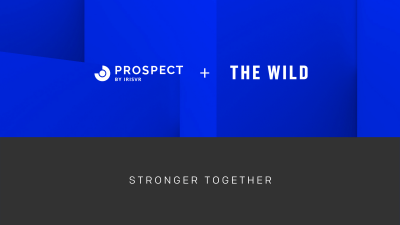Autodesk recently made a surprise announcement that it had made an acquisition of The Wild, an extended reality (XR) solutions provider that creates immersive and collaborative workspaces for AEC professionals. While the AEC industry has traditionally been hesitant to incorporate emerging technologies, this move from Autodesk may be the vote of confidence that could encourage more VR/AR adoption within the AEC space.
Launched just over five years ago, The Wild is focused on collaboration between designers, builders and stakeholders, and has allowed them to stand out among other VR/AR platforms that were more focused on the 3D models themselves. By creating an environment where working together virtually feels more natural, collaboration can flourish.
In the first few months after the world suddenly shifted to working from home because of the COVID-19 pandemic, Geo Week caught up with Gabe Paez, CEO of The Wild, for a video interview about their innovative mixed reality platform aimed at enabling collaboration on AEC projects. Even then, Paez stressed that the future of collaboration was about ‘immersive computing’ where people are positioned in the center of the platform rather than just a visualization.
“Fundamentally the revolution we’re building here is transportation technology. It’s the ability to take anyone from wherever they are around the world and make them able to be co-present in a space, and are looking at each other, talking to each other, pointing at things, and walking around while being able to control that space and design in real-time.”
Watch the full interview here >>
There are many advantages to working in a real-time collaborative environment. The Wild is capable of importing 3D renderings and BIM files into a virtual environment, where participants can join in a shared experience and interact and collaborate in real-time. In practice, this means that designers and stakeholders could perform virtual walkthroughs of project designs, that engineers could collaborate even when remotely located, and that design changes or options could be shared with a team in a more efficient way than files being passed back and forth from a team.
The Wild has grown to include more than 700 customers and made an acquisition of their own last year of IrisVR, a tool that helped create a seamless workflow to bring assets from Revit into virtual reality. The Wild was also already connected to several Autodesk platforms, including Revit and BIM360 and others outside of the Autodesk ecosystem (Navisworks, Rhino, Sketchup).
So, why is Autodesk investing XR right now?
Andrew Anagnost, Autodesk CEO said in a press statement that the move reflects what is already going on in the AEC industry.
"Our acquisition of The Wild reflects the rapid transformation taking place in the building industry, from the complexity of projects to the geographic diversity of teams who design, construct, and operate them. XR is a must-have business imperative for today.”
Autodesk provided three reasons for the move to XR in their announcement. First, there’s a pressing need for a more flexible and resilient workforce as the pandemic has increased the amount of remote work being performed, and transformed the makeup of teams. XR offers a way to virtually keep teams together and projects moving with minimal interruption. Second is the increasing affordability of virtual and augmented reality devices and equipment. Headsets have gone from thousands to hundred of dollars, and many smartphones and consumer devices now support at least AR, putting mixed reality into the hands of more people than ever before. And finally is efforts for sustainability. By reducing costly travel and reducing unnecessary flights and commutes, enabling teams to work just as effectively remotely can have a huge impact on a company’s carbon footprint. With augmented reality, key personnel don’t need to attend every site review/or design meeting in person - and can do so in a way that is sometimes more effective than an in-person huddle in a conference room.
Nic Fonta, General Manager of XR at autodesk described the acquisition of the wild as “the foundation of Autodesk’s XR journey” and pointed to key factors that make the timing ideal.
"Accessibility, affordability, as well as the future of digital twins and metaverse, create the right environment and business rationale for advancing XR technology within the AEC industry."
Case Study: Black & Veach
Black & Veatch is a global leader in engineering, construction and procurement with more than $3 billion in annual revenue. The Black & Veatch team uses Autodesk solutions and The Wild's IrisVR to connect its project professionals, clients, and partners with digital workflows and enhanced collaboration capabilities. IrisVR enables distributed work groups to increase engagement and improve collaboration between stakeholders by leveraging immersive virtual meetings. This leads to an enhanced awareness regarding safety, access and maintenance, and an overall better understanding of the project, leading to better decisions and better outcomes.
"As remote collaboration continues to become the new normal for many professionals across industries and market sectors, the capabilities of systems like Autodesk Construction Cloud and The Wild's IrisVR platform help Black & Veatch deliver world-class projects regardless of our professionals' physical location," said Brian Melton, Technology Innovation Lead, Black & Veatch.
"This type of spatial real-scale immersive experience is a game-changer for our professionals by allowing us to meet virtually within the project design environment, to talk about the design, conduct reviews and coordinate activities, document potential issues and collect comments aimed at accelerating execution and improving safety. Autodesk's acquisition of The Wild could create an even more seamless integration of VR into the platforms we use, leading to wider adoption, more capabilities and a shift from what was once sci-fi to a daily activity."






